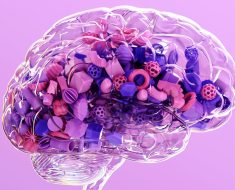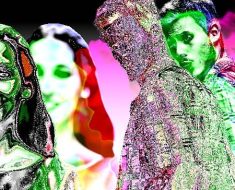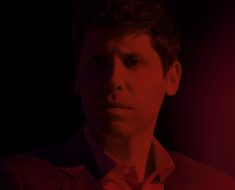TikTok’s tools for adding music to short videos helped turn short-form video into a phenomenon. Now Google is giving some YouTube Shorts creators an AI feature called Dream Track that can generate songs, including lyrics, melody, and accompaniment, in the styles of seven different artists including Charlie Puth, Demi Lovato, Sia, and T-Pain with a tool called Dream Track.
To whip up a 30-second clip with Dream Track a creator just has to enter a prompt, such as “a ballad about how opposites attract, upbeat acoustic,” then select which artist the song should be styled on.
YouTube’s new Dream Track AI music generation tool for creators can spit out novel songs in the style of existing artists, in this case Charlie Puth.
The new AI capabilities might help Google lure users from TikTok, where AI tools for adding visual or audio effects are hugely popular. YouTube says it is looking into how artists whose work helped train its music-generating algorithms will receive a cut of future ad revenue generated by videos featuring AI-generated audio. That would represent a test of a novel way for artists to profit from AI built in part on their work.
Dream Track uses an AI algorithm called Lyria developed by Google Deepmind, the unit charged with keeping the company at the cutting edge of AI. YouTube’s global head of music, veteran music mogul Lyor Cohen, who helped launch the careers of artists including Public Enemy, Run-DMC, and the Beastie Boys, told WIRED on Wednesday that he was blown away after hearing a demo of its output at Google DeepMind’s London headquarters in May. “I knew we not only had something unique and special, but something that I believed that the music industry would dig and want to work with,” Cohen says.
Cohen says the seven artists who opted to let Dream Track replicate their styles did so out of a desire to embrace generative AI on their terms. “Our partners, many of whom lived the Napster days, didn’t want to play defense, they wanted to play offense, and they were excited about the possibilities,” he says. In August, YouTube announced that it was creating an incubator to engage with artists on ways of using generative AI.





